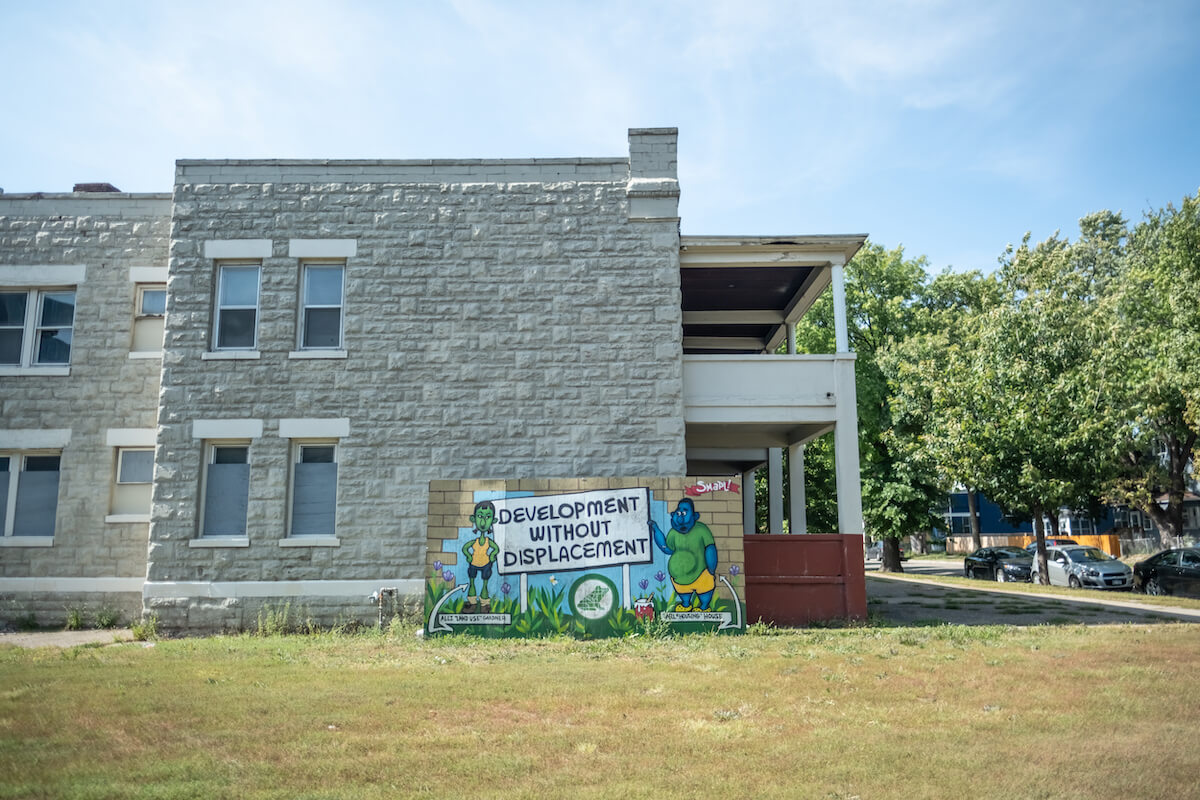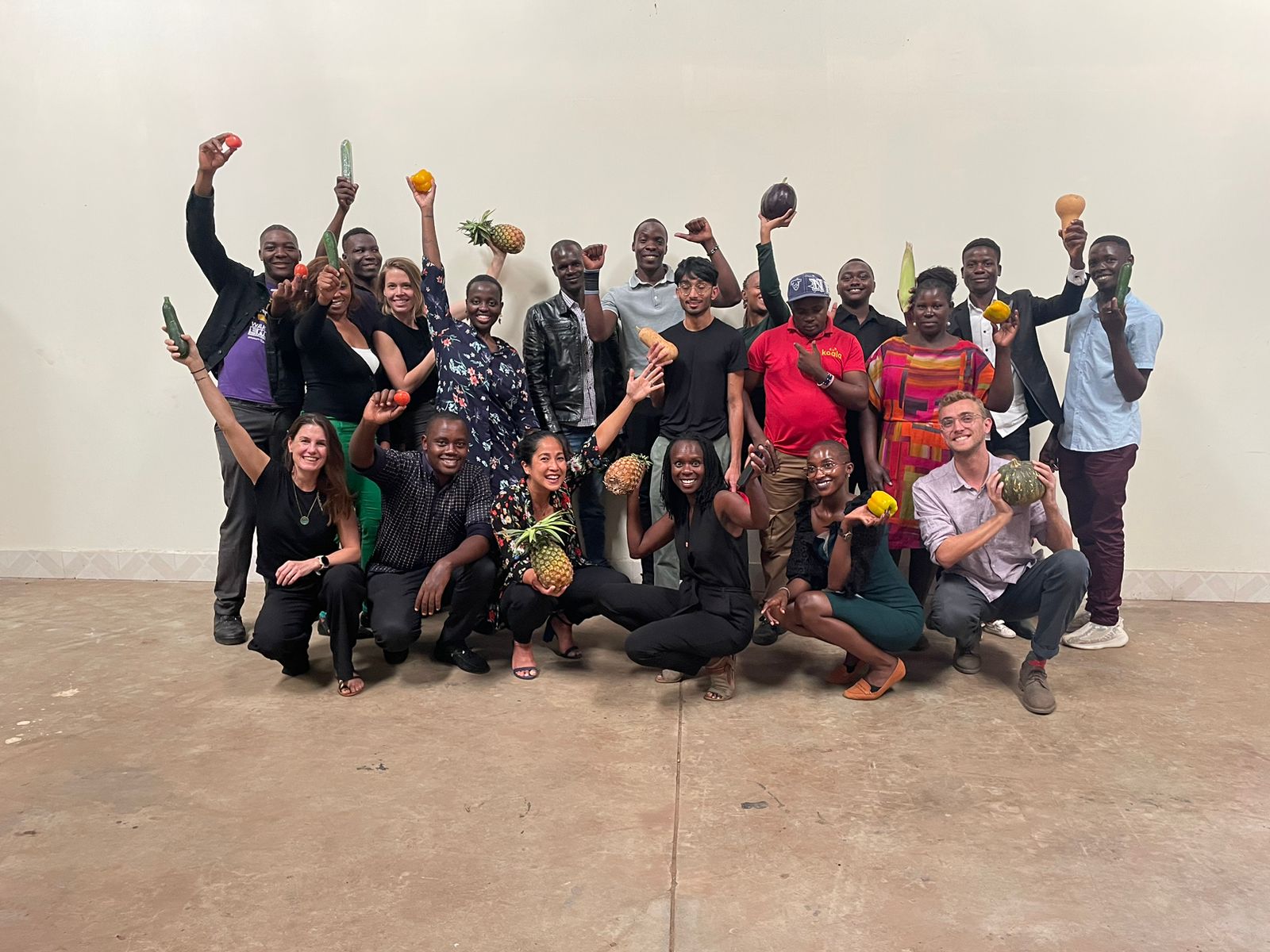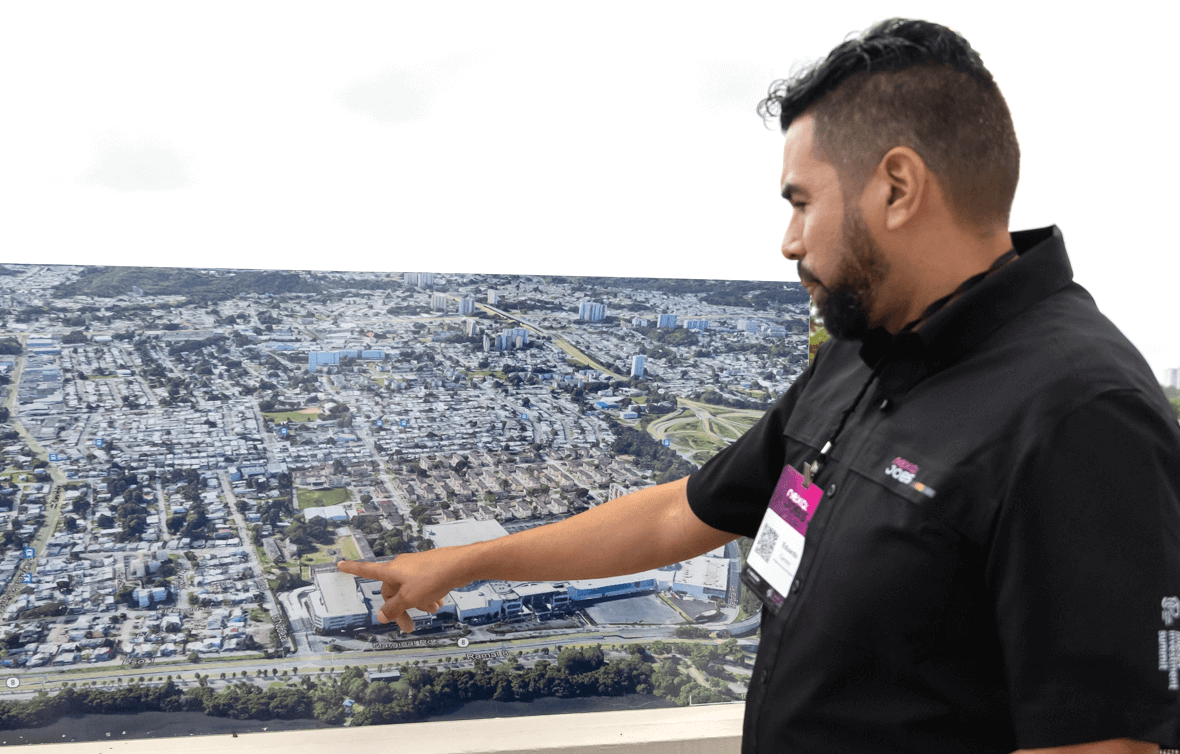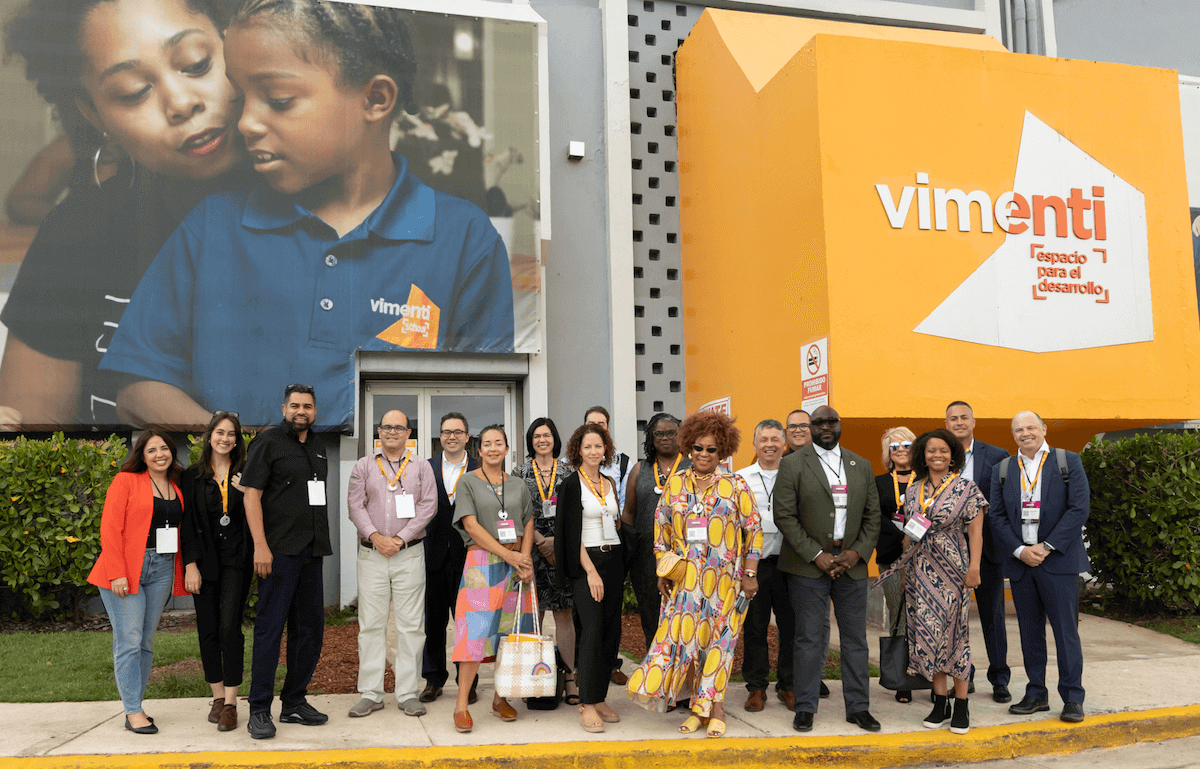Just a few weeks after our son’s second birthday, when emergency room doctors told us his body had destroyed his ability to make insulin, he joined more than 1.6 million Americans living with type one diabetes (T1D). Since 2002, he has relied on infusions of insulin to control his blood sugar and remain alive. In addition to the significant day-to-day burden of managing T1D, the disease carries acute daily danger and long-term risk of complications. Today, nearly 100 years after the discovery of insulin, there is much hope and progress, but still no cure, for one of the most prevalent autoimmune diseases in the United States.
In 2015, a group of volunteers associated with JDRF, the large public charity focused on funding and advancing T1D research, analyzed the business landscape in T1D. With JDRF’s support, large companies had made significant advancements in symptomatic care, such as insulin pumps and blood glucose monitoring devices. But, missing almost entirely was cure-oriented venture capital investing in T1D.
We were determined to change that answer, and the JDRF T1D Fund, a venture philanthropy fund born out of our work, has catalyzed an investment market in a disease that had been largely ignored or rejected by venture capitalists. In less than four years since our fund’s launch, more than $375 million has been invested in active T1D programs in promising companies, and the investment pace is accelerating.
Few ecosystems are as critical as the life sciences field, and none is as complex and dispersed. Success fighting a disease requires contributions and collaboration from government, philanthropy, academia, venture investors, biopharmaceutical companies and health insurers. This intricate mosaic is filled with conflicting opinions and agendas, competing initiatives, and often lack of transparency. Despite these challenges, the ecosystem works, and in so many diseases today the system ends up delivering therapies, changing lives and history in the process.
In the case of T1D, the mosaic was incomplete without meaningful venture capital contribution. Progress in cure therapies is difficult if not impossible without support from life sciences venture investors. They comb academic research for the best science and take significant risk in early-stage, pre-clinical companies with binary outcomes, often long before larger biopharmaceutical companies will participate.
Why was there so little venture investing in T1D? Several consistent themes emerged. Investors and companies alike tended to see insulin as a “cure” for T1D and believed that devices solved the problem. There was confusion about the difference between T1D (an autoimmune disease destroying natural insulin production) and type two diabetes (a metabolic condition preventing the efficient use of natural insulin). Finally, there was a perception that T1D was somehow not worth the investment because it was too complex to solve and the T1D patient population was too small.
Our contrasting view was that the field was ripe for venture investing. Not only was academic research promising, but both scientists and investors were exploring overlaps and interplay among diseases. Scientifically, the sharing of learnings across diseases accelerates progress for researchers willing to think outside the box. And, for investors, disease adjacencies provided an opportunity to leverage learnings, managerial talent, and cash invested in pre-clinical companies into multiple “shots on goal”, hopefully leading to better returns on investment. We saw a landscape with multiple examples of companies focused on several diseases (but not T1D), with increasing capital interest in probing overlapping potential among autoimmune diseases and between immuno-oncology and autoimmunity.
Returns on a cure
We decided that a targeted venture philanthropy fund could help create and accelerate a T1D venture capital market and complete the mosaic. With a laser-focused goal of attracting private venture capital to our disease, the T1D Fund operates nearly identically to a traditional venture fund. It does not make grants, only financial investments. Like regular for-profit venture funds, it uses an experienced team of venture capitalists to invest only in companies with both great science AND a great management team with a tangible investable business model driving the science to patients. The key difference is that a venture philanthropy fund has donors, not investors. Return of capital or profits from investments remain in the fund for reinvestment in our mission, thus magnifying the impact of the fund’s capital.
Why venture philanthropy? First, a venture philanthropy fund can fully leverage the expertise and network of non-profit organizations in the field, something regular venture funds are not permitted to do. The T1D Fund is affiliated with JDRF which, together with the Helmsley Charitable Trust, dominates the funding of T1D research globally. We believed these organizations had vast untapped resources that could help investors seeking opportunities in T1D. Second, our mission required us to take full concentration risk in T1D, rather than diversifying like most regular for-profit funds.
Today, at more than $100 million in assets under management and growing, the fund is among the largest and most impactful disease venture philanthropy funds in the world. The T1D Fund has invested over $55 million in more than 20 companies, and critically over $325 million of new venture capital has been invested in T1D programs in these companies alongside our fund. Two of our companies have already generated returns to the fund for recycled deployment. We have demonstrated that a mission-driven, non-profit market participant can de-risk a disease area for the venture community and draw capital to the field, enabling real progress toward a cure.
Philanthropy, including venture philanthropy, cannot cure disease on its own. It is one tile in the complicated mosaic supporting new therapies. We acknowledged that the results our community craved required us to build a business-oriented solution from the ground up. Curing a disease such as T1D requires billions of dollars, and that amount of investment can only come from for-profit sources. If venture philanthropy is done strategically and with focus, it can make the case for investment in the field, connect and convene market participants, and catalyze the venture community to provide support and scientific guidance to companies driving therapies through the pipeline.
Sean Doherty is the Chairman of the JDRF T1D Fund.











